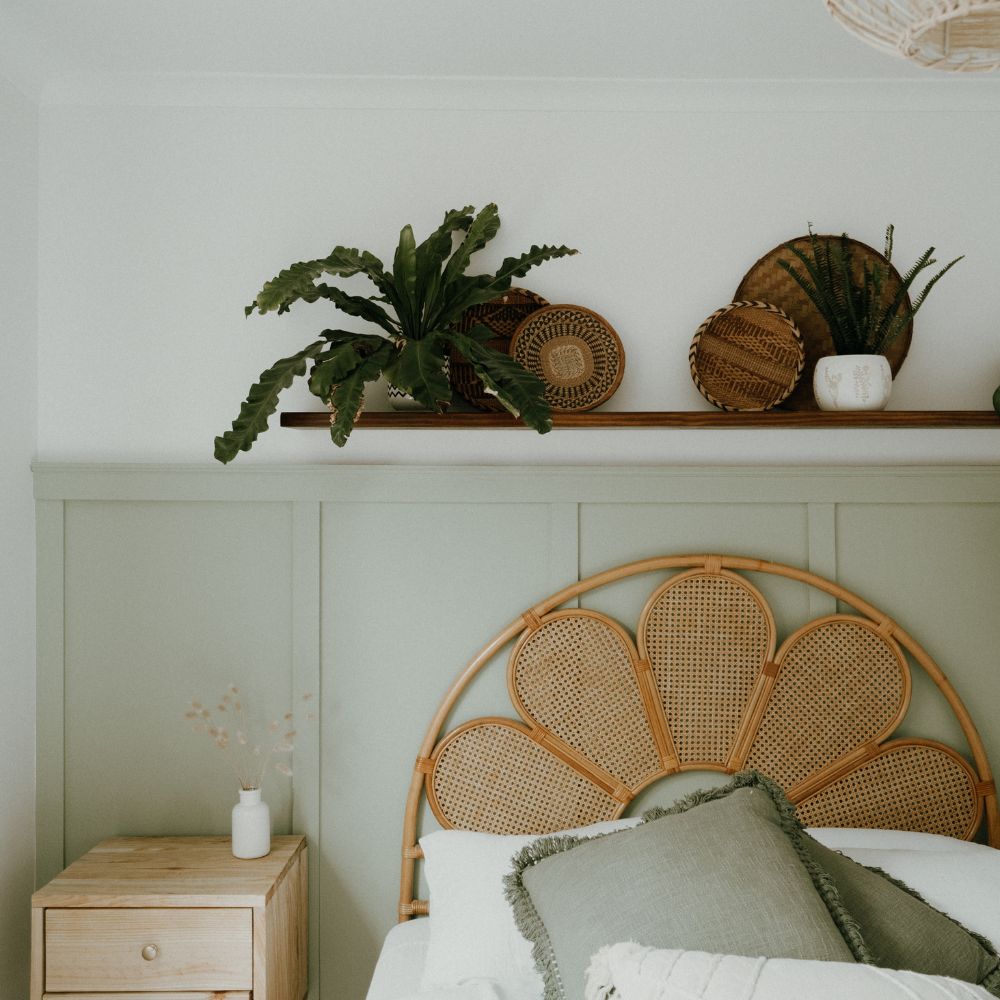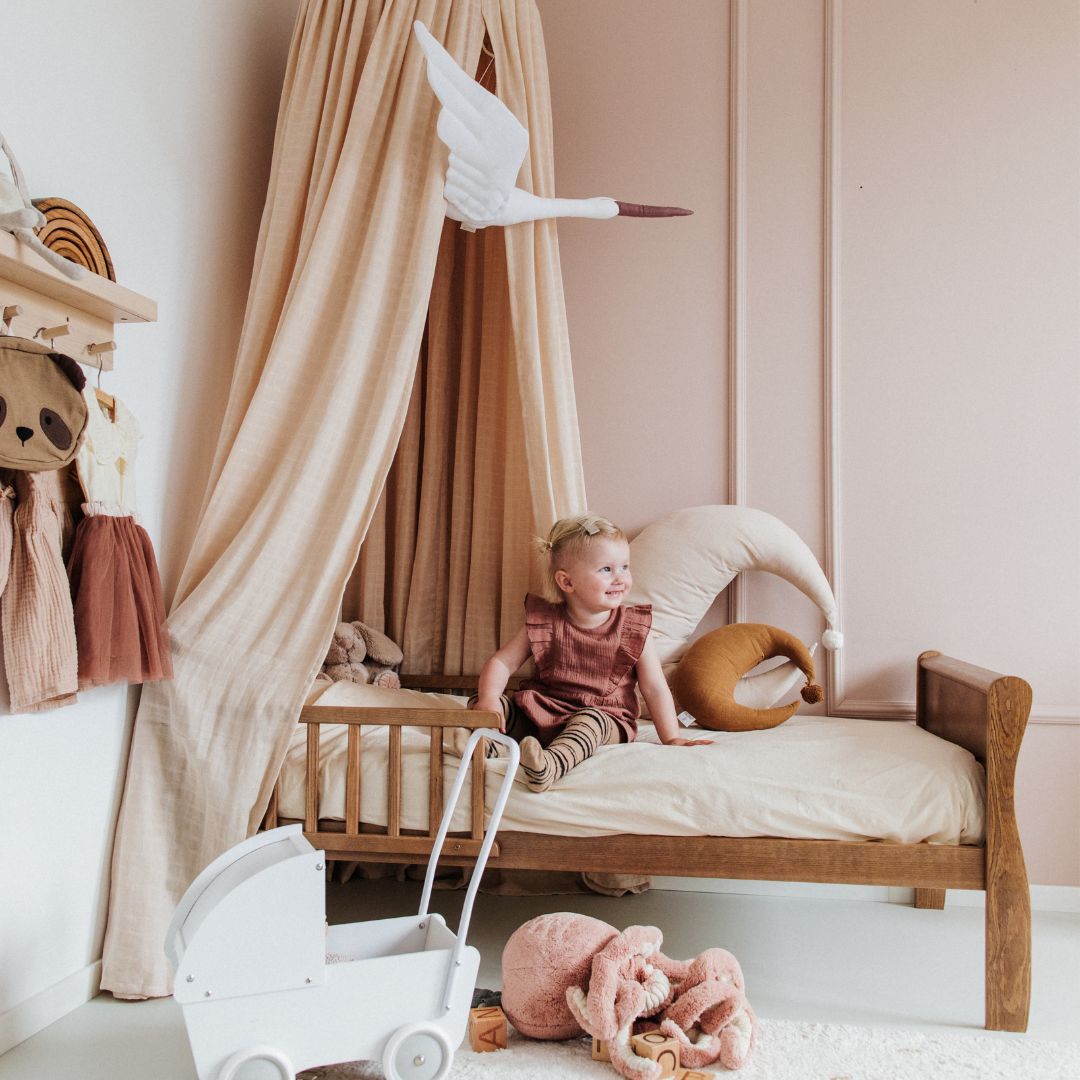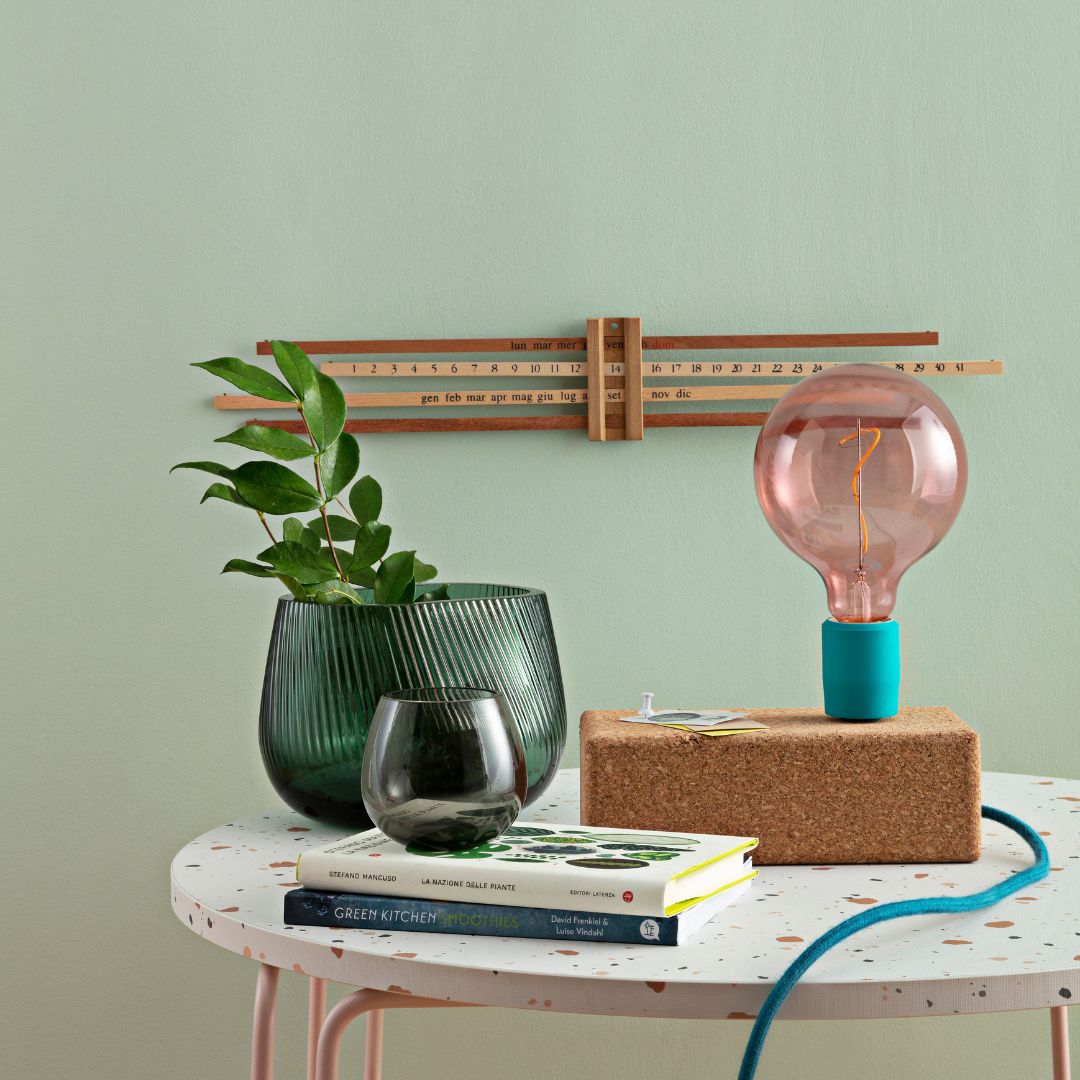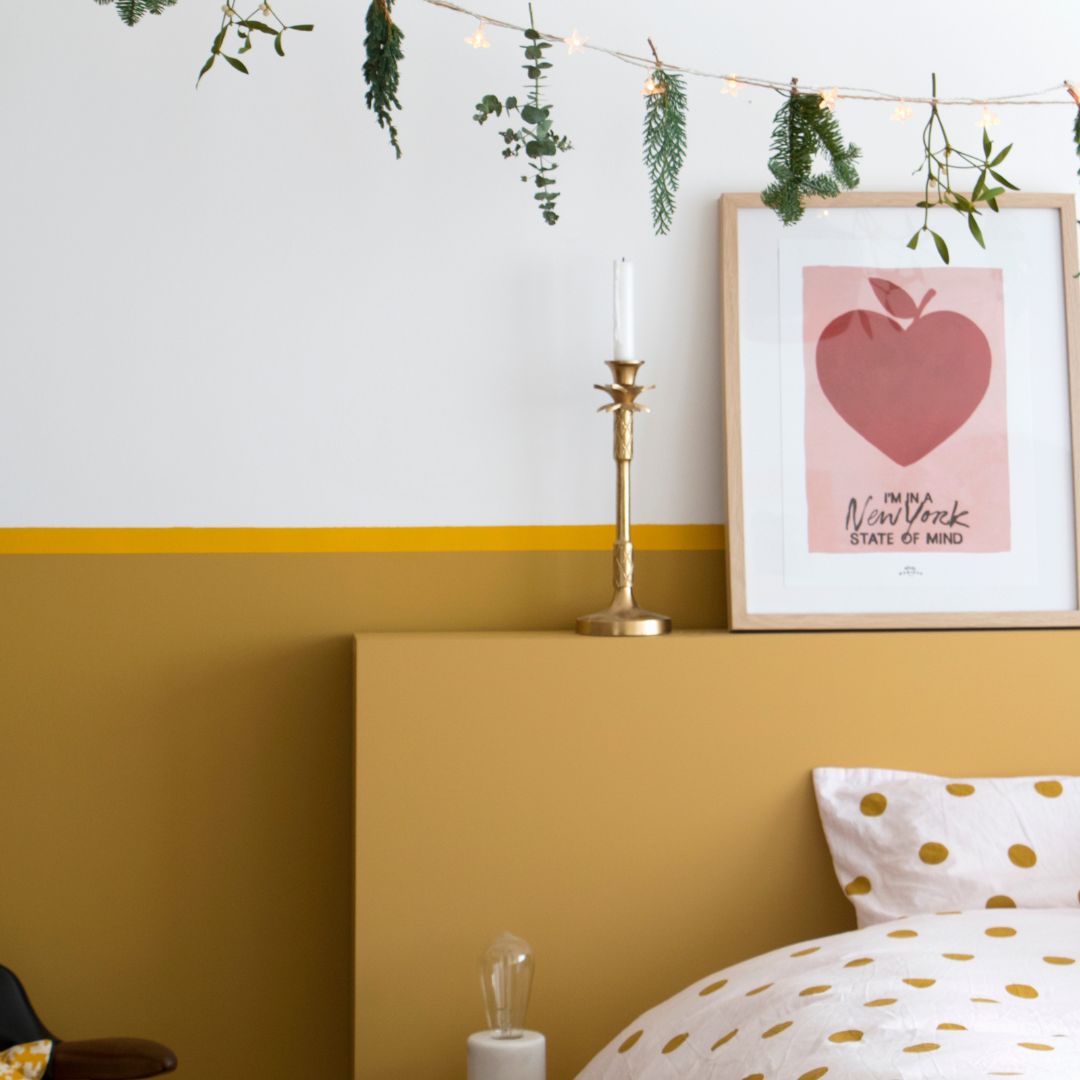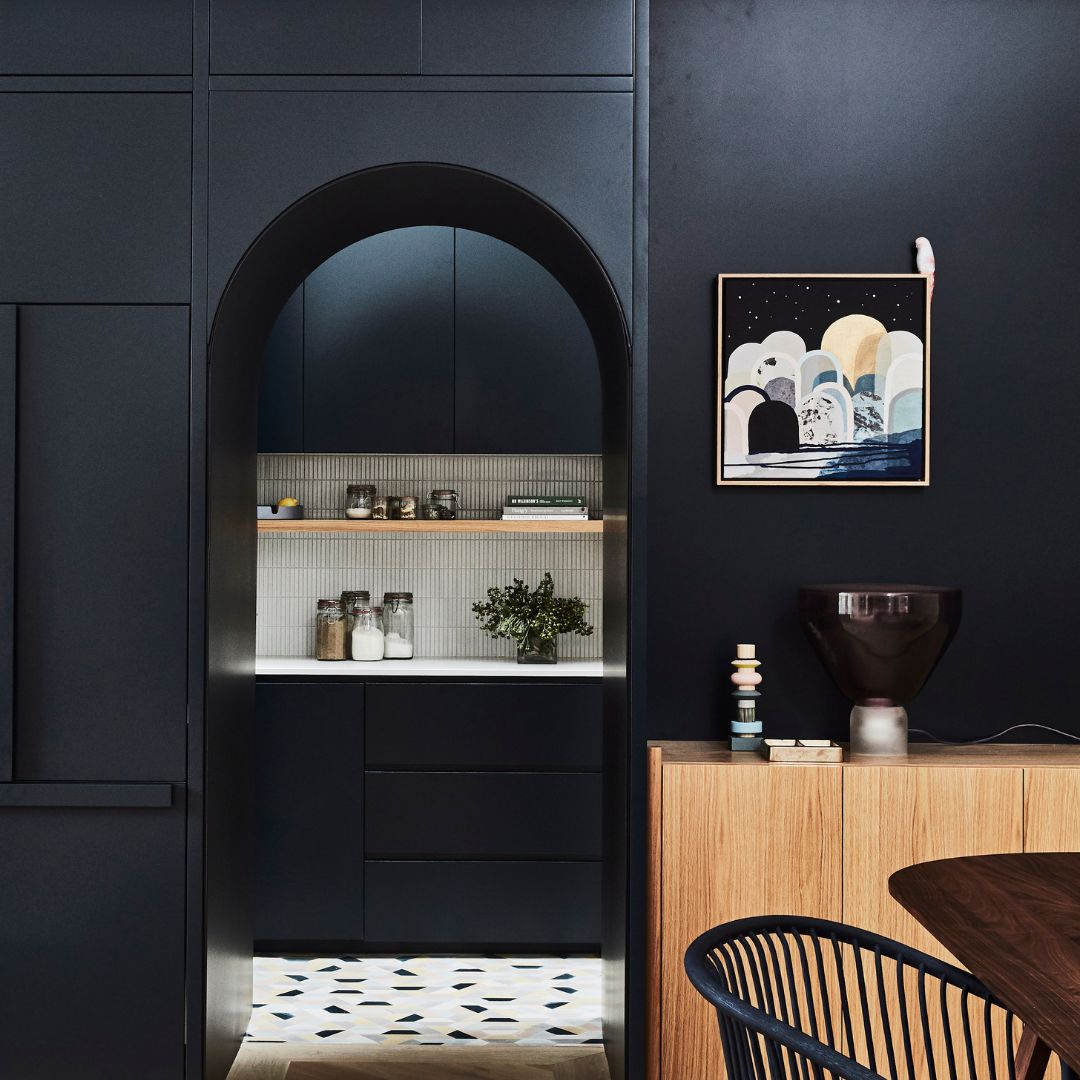This question is legitimate and exists regardless of the room in the house: how to paint your dining room, and with what paint?
It's often a fairly large room, and one might wonder about its application: is painting the dining room and living room different from other rooms in the house? Through this guide, we'll provide you with answers on how to paint your dining room. Choosing the right paint color is also the best way to completely change the ambiance of a room: so we'll show you some paint colors to apply to the walls of your dining room to perfect your decor.
Note that in many interiors, the dining room is open to the living room or even to the dining room: this specificity can affect the way in which one paints one's dining room, the use of bright colors on a section of wall and the characteristics of the paint that one will use in a kitchen.
What paint should I use in the dining room?
There are many paint brands, and there are many different paints that can be used in a dining room or living room. While acrylic paint is suitable for a dining room, it may not be safe for your health: we recommend using paint that is more environmentally friendly and also safer for your health.
Eco-friendly paints today are just as effective as traditional paint in every way: performance, ease of application, durability, and coverage. It's a shame to deprive yourself of them! Algo paints, made from algae, significantly reduce the impact of volatile organic compounds and offer an alternative way to paint your dining room without any health risks.
The other important characteristic is the paint finish to choose in a dining room: depending on the layout of your room (if the dining room is open to the kitchen, for example). The choice of paint finish will be practically imposed on you: satin will be very useful, because it is washable and will perform well in terms of durability in a kitchen. Note that it is also a satin appearance that will be used on the kitchen ceiling to provide additional resistance to water vapor.
If your dining room is classic, then the choice of finish is more open. Velvet is also very interesting because it combines the advantages of matte and satin: high washability with a lower shine rate than a satin finish. For painting the ceiling, as in the vast majority of rooms in the house, matte is the recommended finish.
Steps to painting your dining room like a pro
Painting the dining room, just like the living room, isn't just about choosing the paint! It's also about preparing the room properly (preparing the walls, choosing the right tools, applying a primer, etc.).
Preparing the walls
Surface preparation is the first step in painting: it is important to have a clean and smooth wall and to do this, we recommend sanding your walls with sandpaper, then cleaning your walls with a cloth lightly dampened with water.
After this review, you will be able to see the defects in your walls, with the need to add plaster to the areas with disparities to fill any holes and cracks in your walls. Wait until the plaster is completely dry and repeat the operation if necessary, especially if the plaster is not initially enough to fill all the disparities.
Also, don't hesitate to protect furniture, such as furniture or your dining room table, to have the necessary space to repaint the dining room.
When your wall is smooth and dry, you can consider applying our undercoat to help the finishing paint adhere.
Use the right tools
When you're ready to paint, make sure you have the right tools for your project: a roller, a sash brush, and a paint tray are essential accessories for painting your dining room walls.
Other tools, such as smooth masking tape or a tarp, to protect your floor will be useful to avoid damaging your floor and external elements, such as switches and sockets as well.
Painting the dining room
So now you're ready to paint your dining room: depending on the manufacturer's recommendations, it may be helpful to dilute the paint with water to smooth the application. Dilution can be as much as 5% for roller application and 10% for spray application.
The first step is to start with the corners and edges to define the areas to be painted and neatly frame the dining room walls. Once all the corners are painted, you can now move on to applying two thin coats of paint in your dining room.
Plan to divide your wall into several surfaces to be painted so that you can progress with your work calmly without having to deal with irregularities (roller marks, uneven application, etc.).
Another tip to avoid having roller marks and to work on the effect of the application (which will be more accentuated with a satin finish), we recommend that you apply the paint on small surfaces of 1m2: when the paint is applied, do not hesitate to go over the painted surface with your roller in order to potentially remove excess paint and distribute it evenly over the entire surface to be painted.
What color should I use on the walls of the dining room?
The dining room is the focal point of many moments in life, especially if it opens onto the living room. This is why decorating the dining room is a focal point that can be determined by choosing the paint color. The decor of this room deserves special attention.
Wall color will influence the space, ambiance, decor, overall feel, and style of your dining room. We suggest two types of colors to choose from: neutrals and brights.
Light colors: white and creamy beige
Light shades are the most common, regardless of the room in the house: a color like white or creamy beige are very popular tones because they tend to enlarge the dining room with better reflection of light.
Using a light shade allows you to highlight other decorative elements or to focus on another color that would be applied to a section of wall, in addition to visually enlarging the space. Dawn white is a timeless white that will guarantee you a certain brightness and will have an effect on the reflection of light. Its very subtle hint of yellow color makes it a cheerful and open shade, which is very important in a space like the dining room.
Decorative colors: clematis blue and Bréhat pink
If you want to make your dining room more dynamic and personalize your decor, there's nothing stopping you from choosing a shade with a stronger character that will strongly influence the mood of your dining room. Choosing a bright color in an interior is not trivial: but among these shades, some are quite trendy.
Clematis blue is one of those colors that can be used in a dining room: this slightly grayish blue color is made to warm up the decor of your interior and more particularly your dining room or your living room.
Don't hesitate to pair it with other light colors if you want to visually enlarge the room. This aspect is even more important if your dining room doesn't have an opening to your living room.
Bréhat pink is a very trendy color in decor right now, and it will look great on a wall in your dining room. Its color, which contains a hint of red, makes it a slightly ochre color, similar to terracotta, but still softer.
For more ideas on colors: know that you can add an extra touch of personalization to your dining room decor by repainting a piece of wooden furniture.
